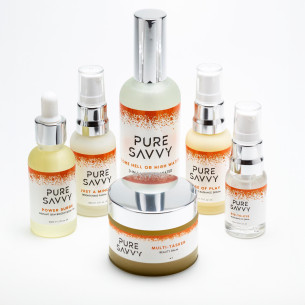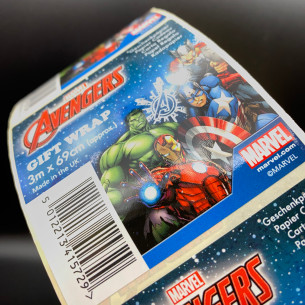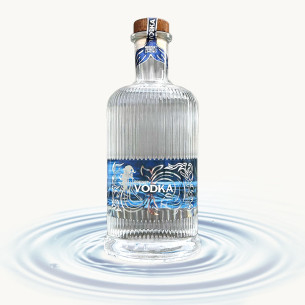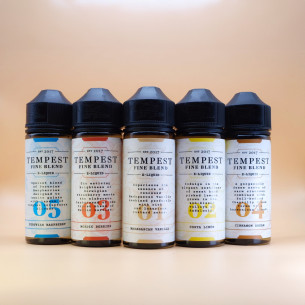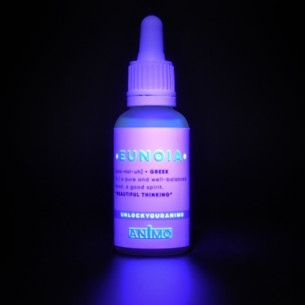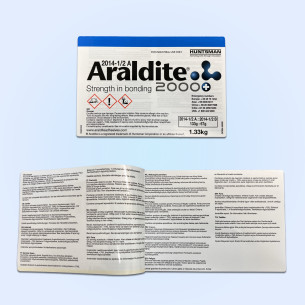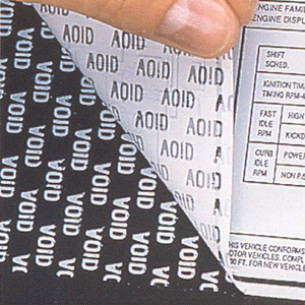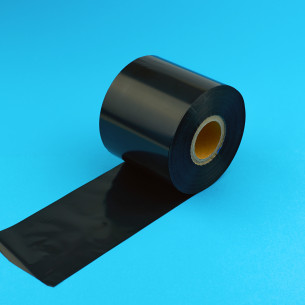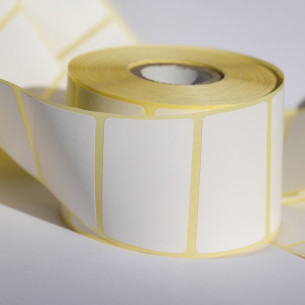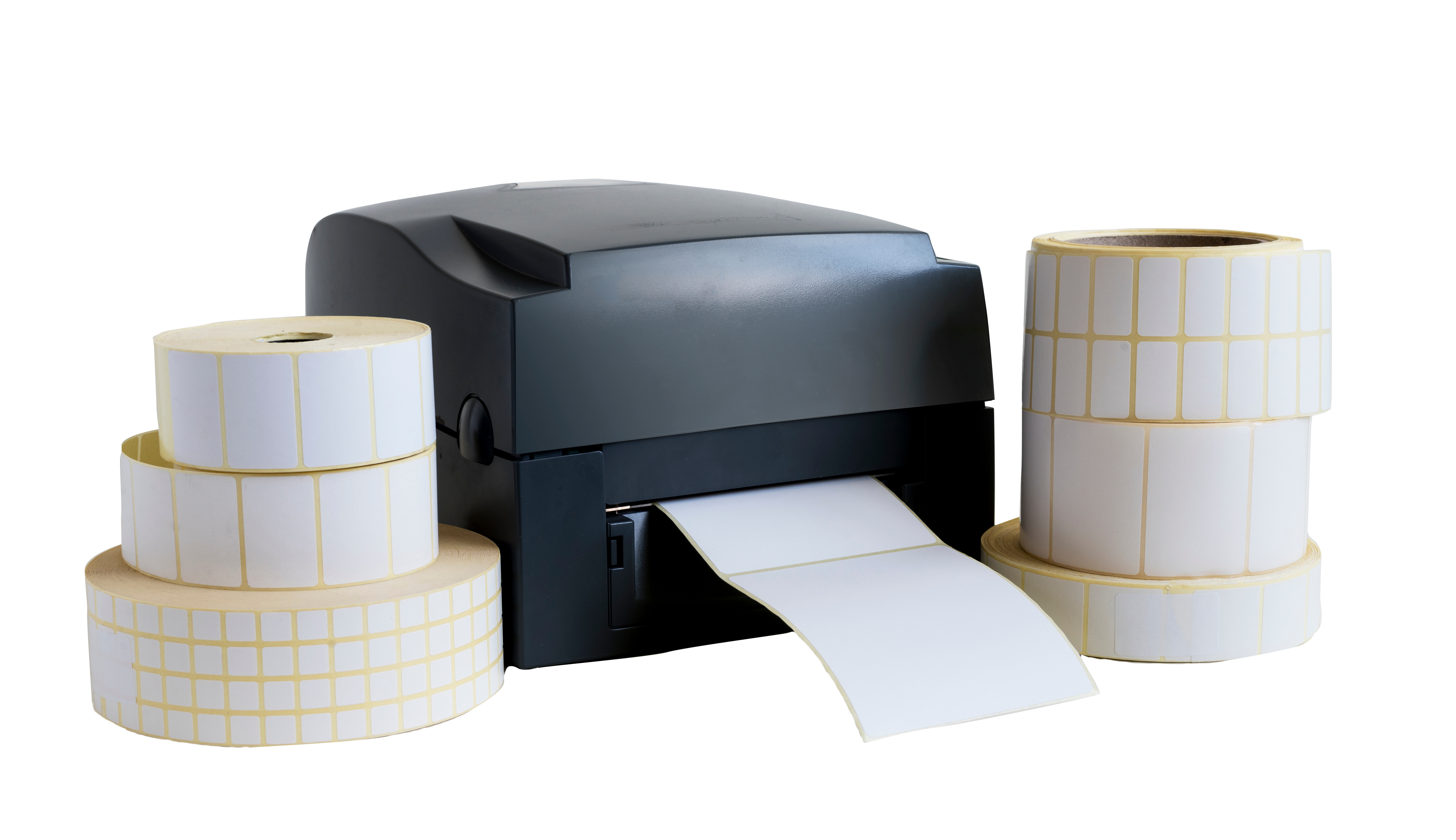Direct thermal labels
What are they for?
In the world of self-adhesive labels, direct thermal label materials are a popular choice due to their efficiency and simplicity. These labels are widely used across various industries, from retail and logistics to healthcare and food services. We provide direct thermal labels in both economy and top coat materials, we manufacture both plain and printed direct thermal labels with print ranging from a colour wash to full colour branded labels ready to be customised by you at the point of requirement.
